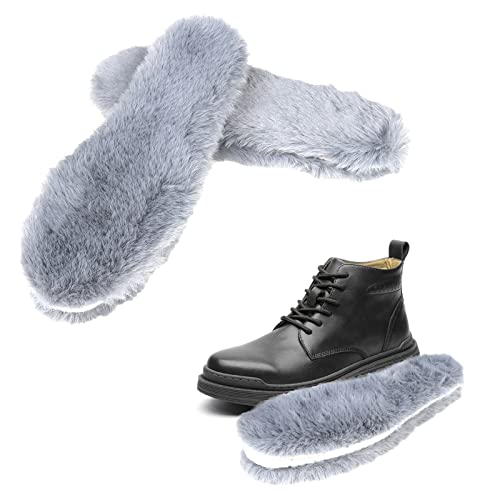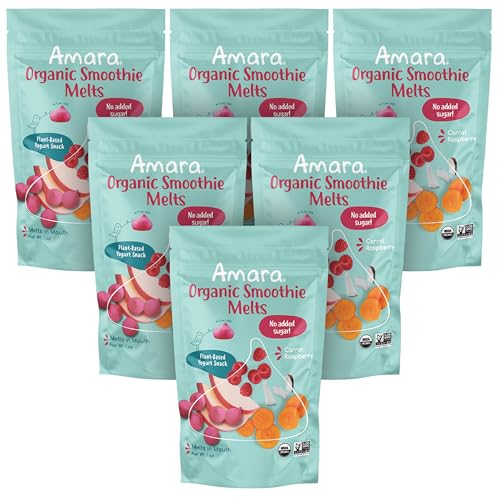I’m so sorry to keep posting

you guys are probably getting annoyed to see me and I apologize, this is the only place I trust to post.
Here’s a list of breeding I’m considering raising:
mini rex
Netherlands
polish
Brits
dwarf papillons
i was thinking I wanted to do running breeds, then marked, then just tiny, then mini Rex. And I’m not sure! I’m going to a show soon to look around and maybe buy. (I used to breed hollands). (I did raise polish for a few litters but then stopped due to DQs in toenails)
can anyone tell me which of these breeds have the dwarf gene. Any genetic issues and litter size. As well as anything else you can think of? Thank you!!
All of those are dwarf breeds. "Correct" dwarfs have one copy of the lethal recessive dwarf gene, others known as "false dwarfs" have no copy. Any kit born with two copies is a peanut. If you breed a true dwarf with a false dwarf, you will
not get peanuts (obviously also true if you breed two false dwarfs). False dwarfs are larger with less extreme dwarf features, but they are still small and some can still fall within the breed SOP. We have a false dwarf chocolate Polish doe out there right now that has 2 Grand Champion legs.
Here's what I know from breeding Mini Rex and Polish, and about the others from talking with breeders and handling them at shows:
Mini Rex - wonderful coats, lots of colors, good mothers, ours had outstanding temperaments. Good-sized litters (4-8, avg 6). Overall very healthy but can have some gut issues (like all the dwarfs). Can tend toward sore hocks but ours did not - select for dense coats.
Netherland Dwarfs - Lots of colors, super cute, larger/rounder heads and tiny size can cause some kindling issues. Tend to have smaller litters (2-4). Can have issues with malocclusion due to rounded head. The ones I've handled have been mostly pretty good-tempered.
Polish - all around outstanding breed for beginners and kids, excellent for showmanship. Great mothers, surprisingly large litters for a tiny rabbit; ours usually had 4-7 kits, avg 5. Can also have issues with malocclusion due to rounded head, though not as extreme as NDs. Only other downside I can think of is that they only come in self colors, broken, REW and BEW, no agoutis. They did just accept otters, which is an improvement.
Britannia Petite - can be super cute but they can also be pretty mutant-looking with the big bulging eyes. Small litter size: 2-4 for my friend's Brits. They have pretty intense personalities and tend to be nippy; even the SOP says they "can be temperamental. This is acceptable and occasionally to be expected..." They are also delicate. They can't live outside here in AK, unlike all the other breeds on this list. A friend who was raising them built a warm room in her barn for them, then lost every one of them when the heater malfunctioned and the temperature went up too high (all of her Polish and Polish x Brit crosses survived).
Dwarf Papillon - Fairly new to the US. Due to their markings these produce a lot of culls: since they're brokens, you get a fair number of charlies and/or solid sports, in addition to ones that are simply mis-marked. Between the dwarf gene and the possible health problems with charlies, Dwarf Papillons have more potential issues than I've wanted to deal with. I've only known a few, but at the last show one buck suddenly gave his owner the most vicious bite I've ever seen. He hung on like a bulldog. It seems like they'd have better temperaments since they're a small fancy breed, but I guess you need to watch out for that no matter what breed you go with.
Hope that's helpful!
P.S. If you want small, colorful breed that's
not a dwarf, you might think about Dutch. Their quality tends to be quite high and they're great mothers.
 you guys are probably getting annoyed to see me and I apologize, this is the only place I trust to post.
you guys are probably getting annoyed to see me and I apologize, this is the only place I trust to post.

















































